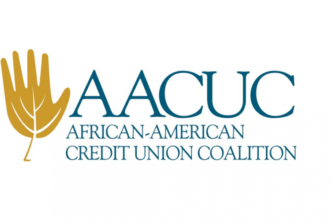Reward cards are all the rage, according to the Consumer Financial Protection Bureau’s fourth biennial report on the state of the credit card market for the period 2017-2018. The report was released Tuesday and shows credit cards remain central to Americans’ financial lives (nearly 170 million consumers), constituting the largest U.S. consumer lending market (measured by the number of users).
Core findings include:
- Total outstanding credit card balances have continued to grow and at year-end 2018 were
nominally above pre-recession levels. - The total cost of credit (TCC) on revolving accounts has increased over the last two years and
in 2018 stood at 18.7 percent, which is the highest overall level observed in the Bureau’s
biennial reports. - Most measures of credit card availability — overall and across credit score tiers — have
remained stable or decreased slightly since the Bureau’s 2017 Report. Measured by
application volume, consumer demand for credit cards peaked in 2016. Approval rates have
also declined slightly since 2016. - Cardholders have increased their use of rewards cards, thereby driving up the cost to
industry to fund these products. The level and consumer cost of balance transfer and cash
advance use remains largely unchanged. - Late payment and default rates have risen modestly but remain below pre-recession levels.
- Since 2015, consumers have more than doubled spending with credit cards with only modest balance growth.
- The great majority of credit card spending results in consumers obtaining rewards, and surveys indicate rewards are the primary factor consumers consider in choosing a credit card.
The 2019 Card Report is available here.
LEVERAGE Card Services delivers solutions for credit unions. Learn more here.





